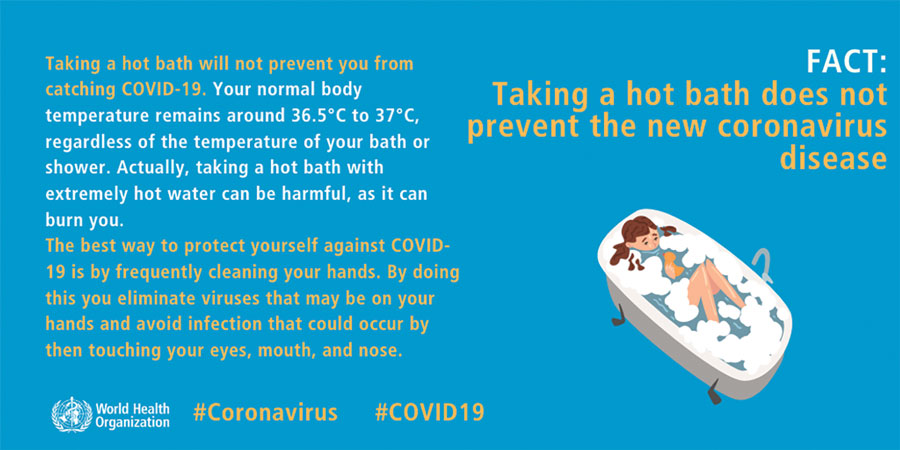Volume 27, Number 2—February 2021
Research
Addressing COVID-19 Misinformation on Social Media Preemptively and Responsively
Figure

Figure. Original World Health Organization myth buster graphic used in study of addressing COVID-19 misinformation on social media. COVID-19, coronavirus disease.
Page created: October 19, 2020
Page updated: January 23, 2021
Page reviewed: January 23, 2021
The conclusions, findings, and opinions expressed by authors contributing to this journal do not necessarily reflect the official position of the U.S. Department of Health and Human Services, the Public Health Service, the Centers for Disease Control and Prevention, or the authors' affiliated institutions. Use of trade names is for identification only and does not imply endorsement by any of the groups named above.